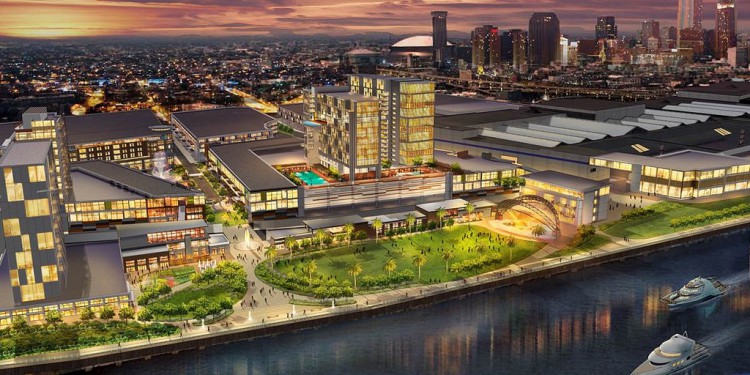The 2016 Ocean Sciences Meeting this past winter featured the research of NCCOS scientists and sponsored principal investigators. Topics included ocean acidification, hypoxia, blue carbon, and harmful algal blooms. NCCOS scientists and sponsored researchers gave 24 oral and poster presentations and co-chaired sixspecial sessions.
The biennial Ocean Sciences Meeting consists of a diverse program covering topics in all areas of the ocean sciences discipline. A record attendance of approximately 6,000 people attended the 2016 meeting held in New Orleans, Louisiana.


